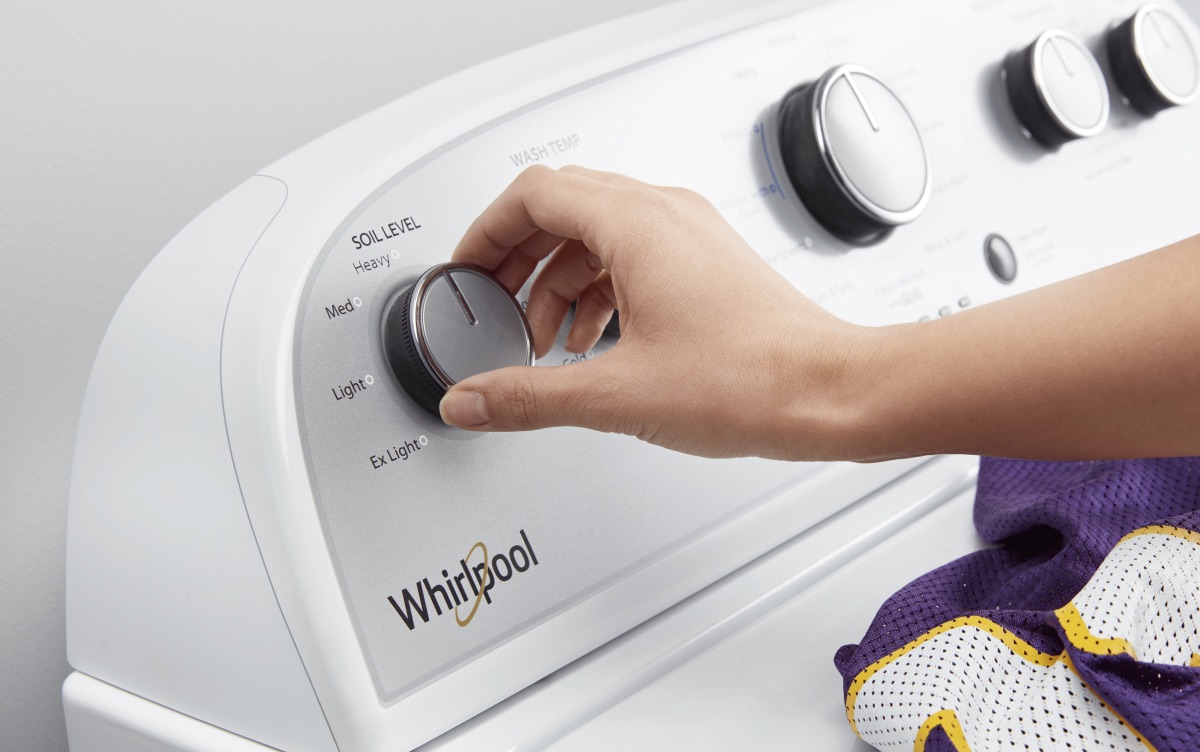

Articles
What Does Soil Level Mean On A Washer
Modified: February 21, 2024
Learn what the soil level setting on a washer means and how it affects your laundry. Read our informative articles on this topic.
(Many of the links in this article redirect to a specific reviewed product. Your purchase of these products through affiliate links helps to generate commission for Storables.com, at no extra cost. Learn more)
Introduction
Welcome to the world of laundry! When it comes to washing clothes, modern washing machines offer a variety of settings and options to suit your cleaning needs. One such setting is the “Soil Level” setting, which allows you to customize the intensity of the washing cycle based on the dirtiness of your laundry load. Understanding the soil level setting can help you achieve cleaner clothes while preserving the quality of your garments.
The soil level refers to the amount of dirt, stains, and grime present on your clothes. A higher soil level indicates heavily soiled garments, while a lower soil level indicates lightly soiled or lightly stained items. The purpose of the soil level setting is to provide you with the flexibility to adjust the intensity of the washing cycle based on the level of dirtiness.
Choosing the correct soil level is important for several reasons. Firstly, it ensures that your clothes are thoroughly cleaned and free from dirt and stains. Selecting the wrong soil level may result in clothes not being adequately cleaned or stains not being fully removed, which can be frustrating and time-consuming.
Secondly, selecting the appropriate soil level helps in preserving the quality and longevity of your fabrics. Overly vigorous washing cycles can be rough on delicate fabrics, leading to wear and tear, fading, and stretching. On the other hand, insufficient cleaning may lead to the buildup of dirt and oils, which can affect the freshness and appearance of your clothes.
Another important aspect to consider when choosing the soil level is water and energy conservation. By selecting the right soil level, you can optimize the efficiency of your washing machine, reducing water usage and energy consumption. This not only helps the environment but also saves you money on utility bills.
So, what are the different soil level settings available on most washing machines? Let’s explore them in the next section.
Key Takeaways:
- Customizing the soil level setting on your washer based on the dirtiness of your laundry load ensures cleaner clothes, preserved fabric quality, and optimized energy and water efficiency, contributing to a more sustainable laundry routine.
- Troubleshooting soil level issues, such as inadequate cleaning, fabric damage, or water and energy wastage, involves adjusting detergent amounts, load size, and wash settings, allowing for improved cleaning results and resource conservation.
Read more: What Does Soil Mean In A Washing Machine
Understanding Soil Level on a Washer
When you look at the control panel of your washing machine, you will often see a setting for “Soil Level.” This setting refers to the amount of dirt and stains on your clothes and allows you to customize the intensity of the washing cycle accordingly. Understanding the soil level setting is essential for achieving clean and fresh-smelling clothes. Let’s dive deeper into the definition, purpose, and importance of selecting the correct soil level.
The soil level on a washer refers to the degree of dirtiness or staining present on your laundry load. It ranges from light soil to normal soil and heavy soil. The light soil level is suitable for lightly soiled clothes or those with minimal stains. The normal soil level is used for moderately soiled garments with everyday dirt and stains. The heavy soil level is designed for heavily soiled items, such as work clothes or heavily stained fabrics.
The purpose of the soil level settings is to customize the washing cycle based on the specific dirtiness of your clothes. By selecting the appropriate soil level, you can ensure that your garments undergo the right amount of agitation, water temperature, and detergent usage to effectively remove dirt and stains. This customization helps achieve cleaner and fresher-smelling clothes, as well as prolongs the life of your fabrics.
Choosing the correct soil level is of utmost importance. By selecting a soil level that matches the dirtiness of your laundry load, you can ensure thorough cleaning while avoiding unnecessary wear and tear. Selecting a lower soil level for heavily soiled items may result in inadequate cleaning, leaving behind dirt and stains. On the other hand, opting for a higher soil level for lightly soiled clothes can lead to unnecessary harsh treatment, potentially damaging delicate fabrics.
Additionally, selecting the correct soil level contributes to water and energy conservation. Washing machines adjust the amount of water used and the duration of the washing cycle based on the selected soil level. By choosing the appropriate level, you can optimize water usage, reducing waste and preserving this precious resource. Moreover, using the correct soil level reduces the energy consumed by the washing machine, leading to lower utility bills and a more environmentally friendly laundry routine.
Next, let’s explore the factors that affect the soil level and how to choose the right soil level for your laundry load.
Factors Affecting Soil Level
When selecting the soil level on your washer, there are several factors to consider. These factors can affect the level of dirtiness of your laundry load and determine the appropriate soil level setting. Understanding these factors will help you make an informed decision and achieve optimal cleaning results. Let’s explore the three main factors that affect the soil level.
1. Amount of dirt or stains on clothes: The primary factor influencing the soil level setting is the amount of dirt, stains, and grime present on your clothes. If your garments are lightly soiled with minimal dirt or stains, a lower soil level setting will suffice. On the other hand, heavily soiled clothes with stubborn stains will require a higher soil level setting to ensure thorough cleaning. Assess the dirtiness of your laundry load and choose the appropriate soil level accordingly.
2. Fabric type and sensitivity: The fabric type and sensitivity play a crucial role in determining the suitable soil level setting. Delicate fabrics, such as silk or lace, require gentler treatment to prevent damage or distortion. Choosing a lower soil level for delicate fabrics is advisable to minimize wear and tear. In contrast, sturdier fabrics like denim or cotton can withstand a higher soil level without sustaining damage. Consider the fabric care instructions and select the appropriate soil level to ensure proper cleaning while maintaining fabric quality.
3. Water and energy conservation: Another factor to consider when selecting the soil level is water and energy conservation. Higher soil levels generally require more water usage and longer washing cycles to achieve thorough cleaning. Conversely, lower soil levels use less water and energy, making them more efficient and eco-friendly. If you’re looking to minimize water and energy consumption, opt for lower soil levels for lightly soiled clothes. However, it’s essential to strike a balance between conservation efforts and ensuring proper cleanliness.
By considering these factors, you can make an informed decision when selecting the soil level on your washer. Now, let’s delve into the different soil level settings and how to choose the right one.
Different Soil Level Settings
Washing machines offer different soil level settings to cater to various degrees of dirtiness in your laundry load. By understanding and utilizing these settings effectively, you can ensure that your clothes receive the appropriate level of cleaning. Let’s explore the different soil level settings commonly found on washers.
1. Light soil level: The light soil level is suitable for lightly soiled clothes or items with minimal stains. This setting is ideal for everyday wear, such as lightly used shirts, blouses, or undergarments. The light soil level setting typically uses less water and energy and has a shorter washing cycle compared to higher soil level settings. It provides a gentle yet efficient cleaning for clothes that don’t require heavy-duty treatment.
2. Normal soil level: The normal soil level setting is a middle-ground option suitable for most laundry loads. It is designed for moderately soiled clothes with everyday dirt, sweat, and stains. This setting provides a balanced cleaning performance, ensuring effective removal of dirt while being gentle enough on most fabrics. The normal soil level setting uses a slightly longer washing cycle and a slightly higher amount of water and energy compared to the light soil level.
3. Heavy soil level: The heavy soil level setting is intended for heavily soiled items, such as workwear, heavily stained fabrics, or clothes worn during outdoor activities. This setting is more robust and uses a longer washing cycle with increased agitation, hotter water temperature, and a higher concentration of detergent. It is designed to tackle tough stains and deeply embedded dirt. The heavy soil level setting consumes more water and energy compared to the lighter soil level settings but ensures a thorough cleaning performance for heavily soiled garments.
It is important to choose the appropriate soil level setting based on the dirtiness of your laundry load. Assess the level of dirt, stains, and grime on your clothes to determine which soil level setting will provide optimal cleaning results. Additionally, keep in mind the fabric type and sensitivity, as well as your water and energy conservation goals when selecting the soil level.
Now that we have explored the different soil level settings, let’s discuss how to choose the right soil level for your laundry load.
The soil level on a washer refers to the amount of dirt and grime on the clothes being washed. Selecting the appropriate soil level setting ensures that the washer uses the right amount of water and agitation to effectively clean the clothes.
How to Choose the Right Soil Level
Choosing the right soil level for your laundry load is essential to ensure effective cleaning while preserving the quality of your clothes. Here are three steps to help you select the appropriate soil level for optimal results:
1. Assessing the dirtiness of the laundry load: Start by evaluating the level of dirt, stains, and grime on your clothes. Check for heavily soiled items with stubborn stains, moderate soil on everyday wear, or lightly soiled garments. This assessment will give you a clear understanding of the dirtiness level and guide you in deciding which soil level setting to choose on your washer.
2. Considering fabric care instructions: Take into account the fabric type and sensitivity when selecting the soil level. Delicate fabrics such as silk, lace, or delicate knits may require a lower soil level setting to prevent damage or distortion. On the other hand, sturdier fabrics like denim or cotton can withstand a higher soil level without being compromised. Always refer to the fabric care instructions provided by the garment manufacturer to determine the appropriate soil level setting for each specific item.
3. Adjusting soil level based on personal preferences: While the dirtiness of the laundry load and fabric care instructions are important factors, personal preference also plays a role in selecting the soil level setting. Some individuals prefer a higher soil level for all their loads to ensure a deeper clean, while others may opt for a lower soil level for energy and water conservation. Consider your personal preferences and adjust the soil level accordingly to achieve the desired cleanliness and efficiency.
By following these steps, you can make an informed decision when choosing the right soil level for your laundry. It’s important to note that the soil level setting may vary depending on the model and make of your washing machine. Refer to the user manual or the control panel instructions for specific guidance related to your washer.
Now that you know how to select the correct soil level, let’s explore the benefits of using the appropriate soil level setting.
Read more: What Does “Level” Mean In Construction
Benefits of Using the Correct Soil Level
Using the correct soil level setting on your washer offers several benefits that contribute to cleaner clothes, preserved fabric quality, and increased energy and water efficiency. Let’s explore these benefits in more detail:
1. Cleaner and more hygienic clothes: Selecting the appropriate soil level ensures that your clothes receive the right amount of agitation, water temperature, and detergent concentration to effectively remove dirt, stains, and odors. By using the correct soil level, you can achieve cleaner and more hygienic clothes, eliminating the risk of bacteria or lingering dirt on your garments. This is especially crucial for heavily soiled items or clothes worn during activities that result in significant dirt or sweat accumulation.
2. Preservation of fabric quality: Using the correct soil level helps preserve the quality and longevity of your fabrics. Higher soil levels can be rougher on delicate fabrics, leading to wear and tear, fading, or stretching. By selecting a lower soil level for delicate items, you minimize the risk of damage and ensure that your fabrics remain in good condition over time. Preserving the fabric quality extends the lifespan of your clothes, allowing you to enjoy them for a longer period.
3. Energy and water efficiency: Opting for the correct soil level contributes to energy and water efficiency, reducing your environmental footprint and saving you money on utility bills. Higher soil levels generally require more water and longer washing cycles, consuming greater amounts of energy. By choosing lower soil levels for lightly soiled items, you can conserve water and energy without compromising cleanliness. This sustainable approach not only benefits the environment but also allows you to be more cost-effective in your laundry routine.
By utilizing the correct soil level setting on your washer, you can enjoy cleaner clothes, extend the lifespan of your fabrics, and be more environmentally conscious. Remember to assess the dirtiness of your laundry load, consider fabric care instructions, and adjust the soil level based on personal preferences. Maintaining a balance between effective cleaning and efficient resource consumption ensures that you get the most out of your washing machine and achieve optimal results every time.
In the next section, we will address common issues related to soil level and provide troubleshooting tips to overcome them.
Troubleshooting Soil Level Issues
While using the correct soil level on your washer usually leads to successful cleaning outcomes, there may be instances where you encounter issues related to soil level. Here are three common soil level issues and some troubleshooting tips to overcome them:
1. Clothes not getting clean enough: If your clothes are not getting clean enough despite using the recommended soil level, there may be a few factors to consider. Firstly, ensure that you are using an adequate amount of detergent for the soil level selected. Insufficient detergent can hinder the cleaning process. Additionally, check if you are overloading the washer, as cramming too many clothes into the machine can prevent proper agitation and inhibit effective cleaning. Lastly, double-check the water temperature and ensure it is appropriate for the soil level and fabric type. Adjusting these factors can help improve the cleanliness of your clothes.
2. Excessive wear and tear on delicate fabrics: If you notice excessive wear and tear on delicate fabrics, it is possible that the soil level setting is too high for those garments. Consider reducing the soil level to a lower setting to minimize the risk of damage. You can also try using a gentler wash cycle specifically designed for delicate fabrics. Additionally, ensure that you are using the appropriate amount of detergent for the soil level and fabric type to avoid unnecessary harsh treatment. By adjusting these factors, you can protect your delicate fabrics and maintain their quality.
3. Water and energy wastage: If you are concerned about water and energy wastage with higher soil level settings, there are a few steps you can take. First, carefully assess the dirtiness of your laundry load and select the appropriate soil level accordingly. Avoid using higher soil levels for lightly soiled clothes to minimize water consumption. Additionally, consider using energy-saving features on your washer, such as shorter wash cycles or eco-friendly modes, to optimize energy efficiency. Monitoring your laundry habits and being mindful of water and energy conservation can help reduce wastage and lower your environmental impact.
Troubleshooting soil level issues requires a bit of experimentation and adjustment. By paying attention to factors such as detergent usage, load size, water temperature, and fabric type, you can overcome common soil level-related challenges and achieve better cleaning results.
To conclude, using the correct soil level on your washer is crucial for effective cleaning, fabric preservation, and resource conservation. However, should you encounter any issues, troubleshoot by adjusting detergent amounts, load size, and wash settings. By doing so, you can overcome these challenges and make the most out of your washing machine.
If you need any further assistance or have specific inquiries regarding soil level settings, please refer to your washer’s user manual or consult the manufacturer or a professional technician.
Conclusion
Understanding and utilizing the soil level setting on your washer is essential for achieving cleaner clothes, preserving fabric quality, and promoting energy and water efficiency. By customizing the intensity of the washing cycle based on the dirtiness of your laundry load, you can ensure thorough cleaning while minimizing wear and tear on delicate fabrics.
Assessing the dirtiness of your laundry load, considering fabric care instructions, and adjusting the soil level based on personal preferences are key steps in choosing the right soil level setting. By doing so, you can enjoy the benefits of cleaner and more hygienic clothes, prolonged fabric life, and reduced environmental impact through water and energy conservation.
If you come across issues related to the soil level setting, such as clothes not getting clean enough, excessive wear and tear on delicate fabrics, or concerns about water and energy wastage, troubleshooting tips can help address these challenges. Adjusting detergent amounts, load size, water temperature, and wash settings can make a significant difference in overcoming soil level-related issues and improving your overall laundry experience.
Remember to consult your washer’s user manual or reach out to the manufacturer or a professional technician for specific guidance related to your machine. They can provide further assistance and address any specific concerns you may have regarding soil level settings.
In conclusion, by understanding the soil level setting and its importance in the washing process, you can enhance the effectiveness and efficiency of your laundry routine. Choose the right soil level, keep your fabrics clean and well-maintained, and contribute to a greener and more sustainable lifestyle.
Frequently Asked Questions about What Does Soil Level Mean On A Washer
Was this page helpful?
At Storables.com, we guarantee accurate and reliable information. Our content, validated by Expert Board Contributors, is crafted following stringent Editorial Policies. We're committed to providing you with well-researched, expert-backed insights for all your informational needs.
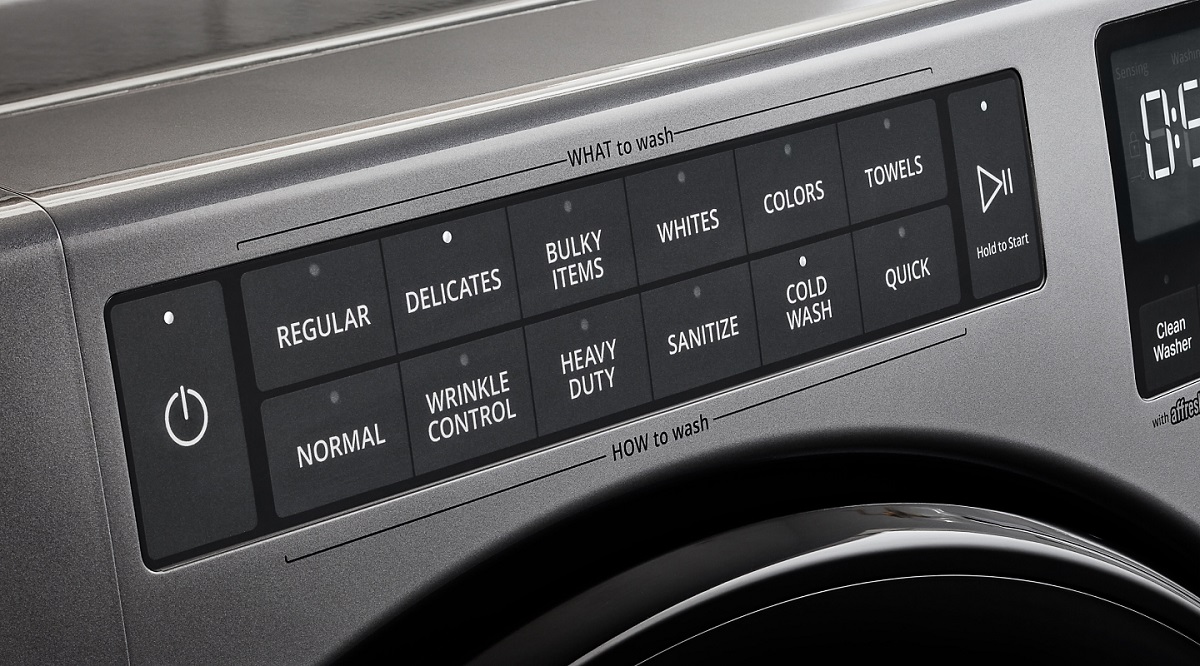
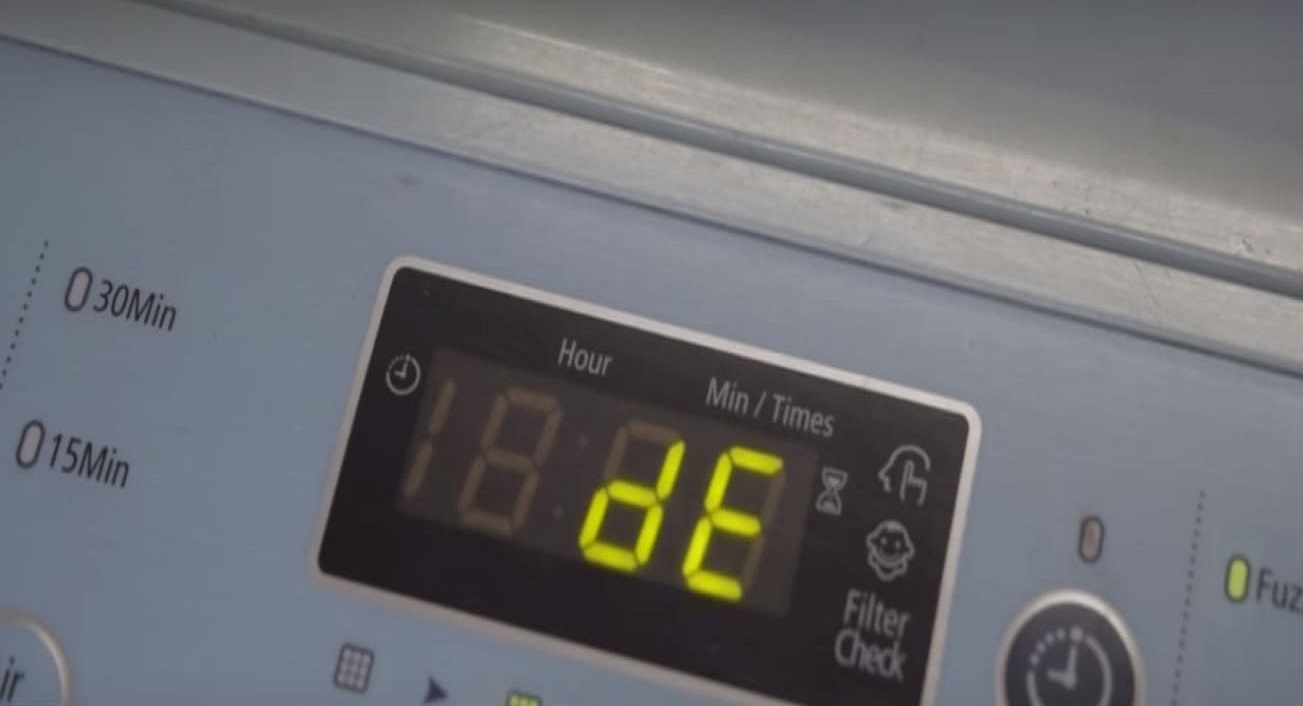
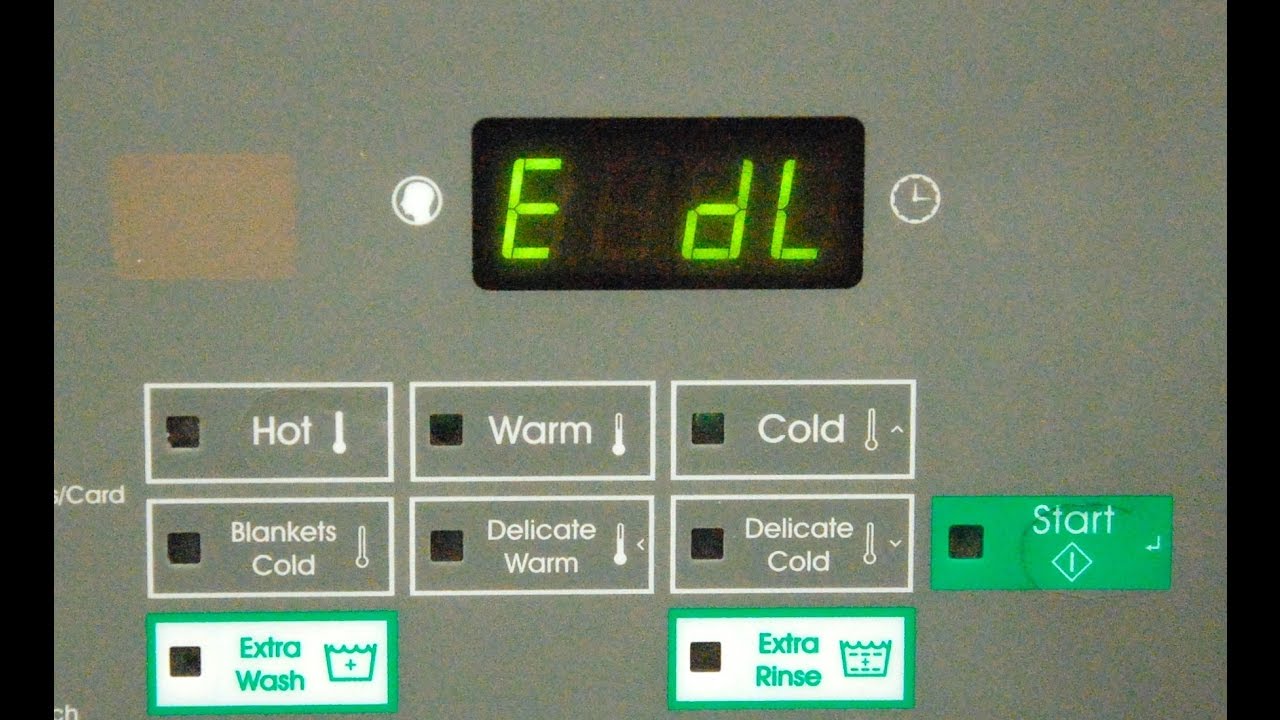
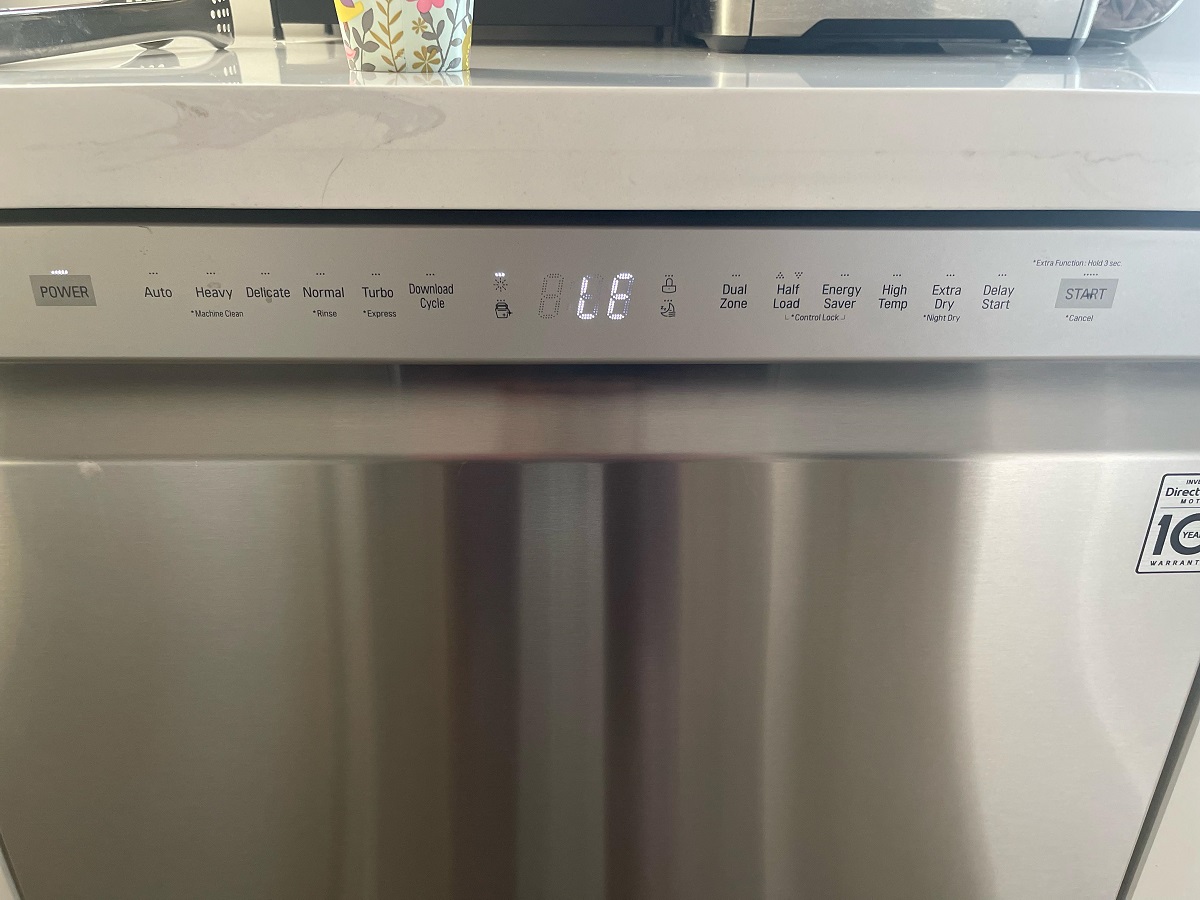
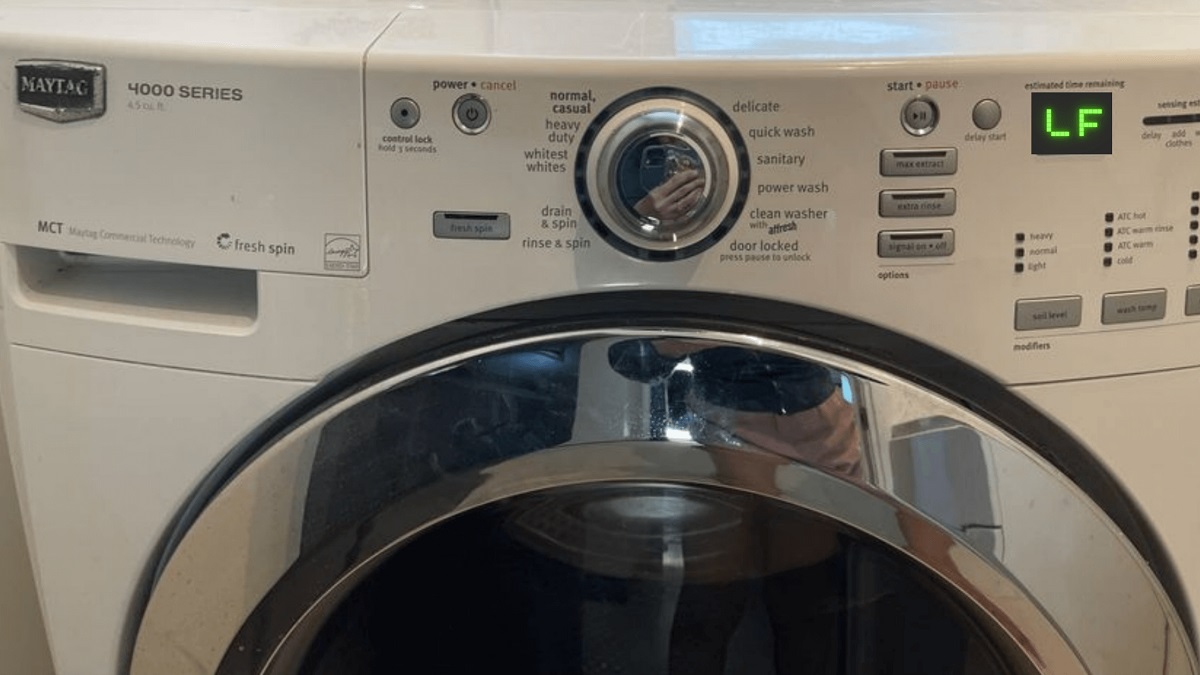
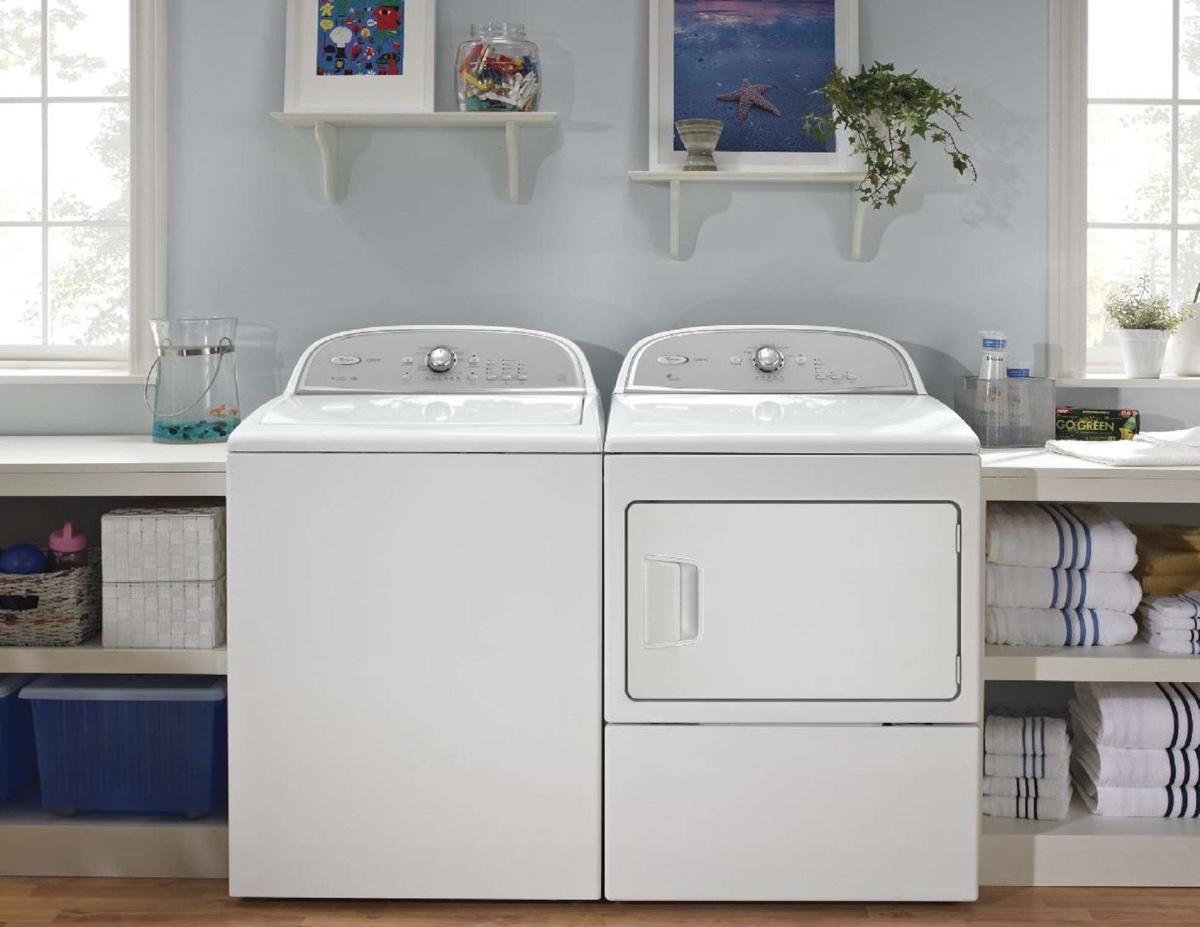
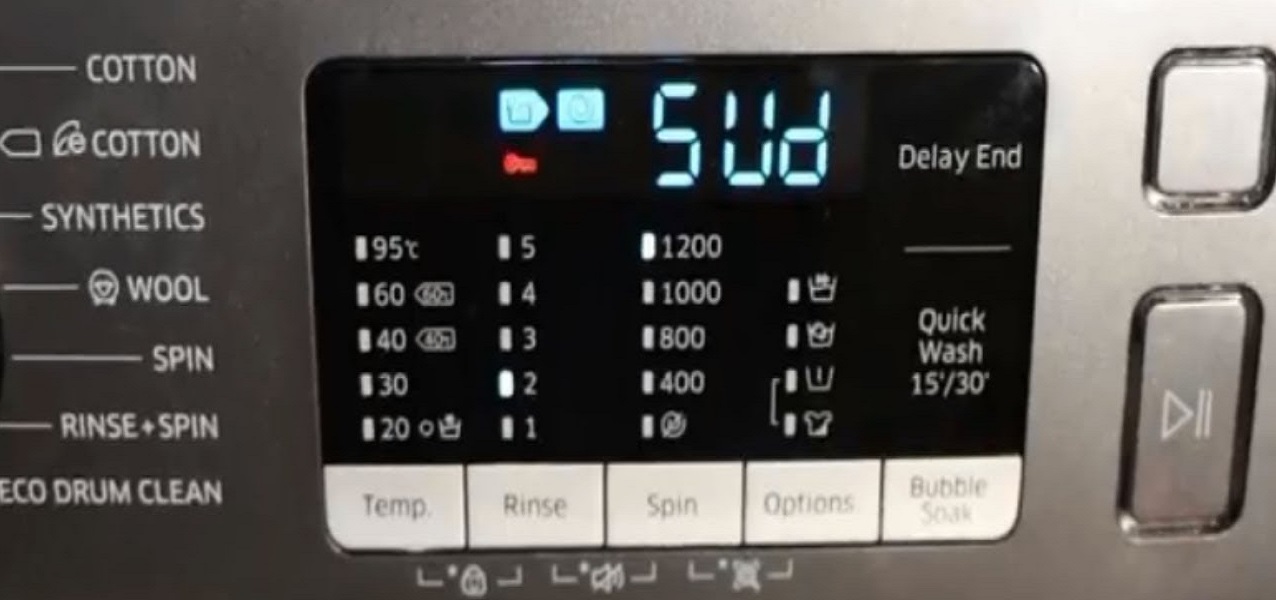
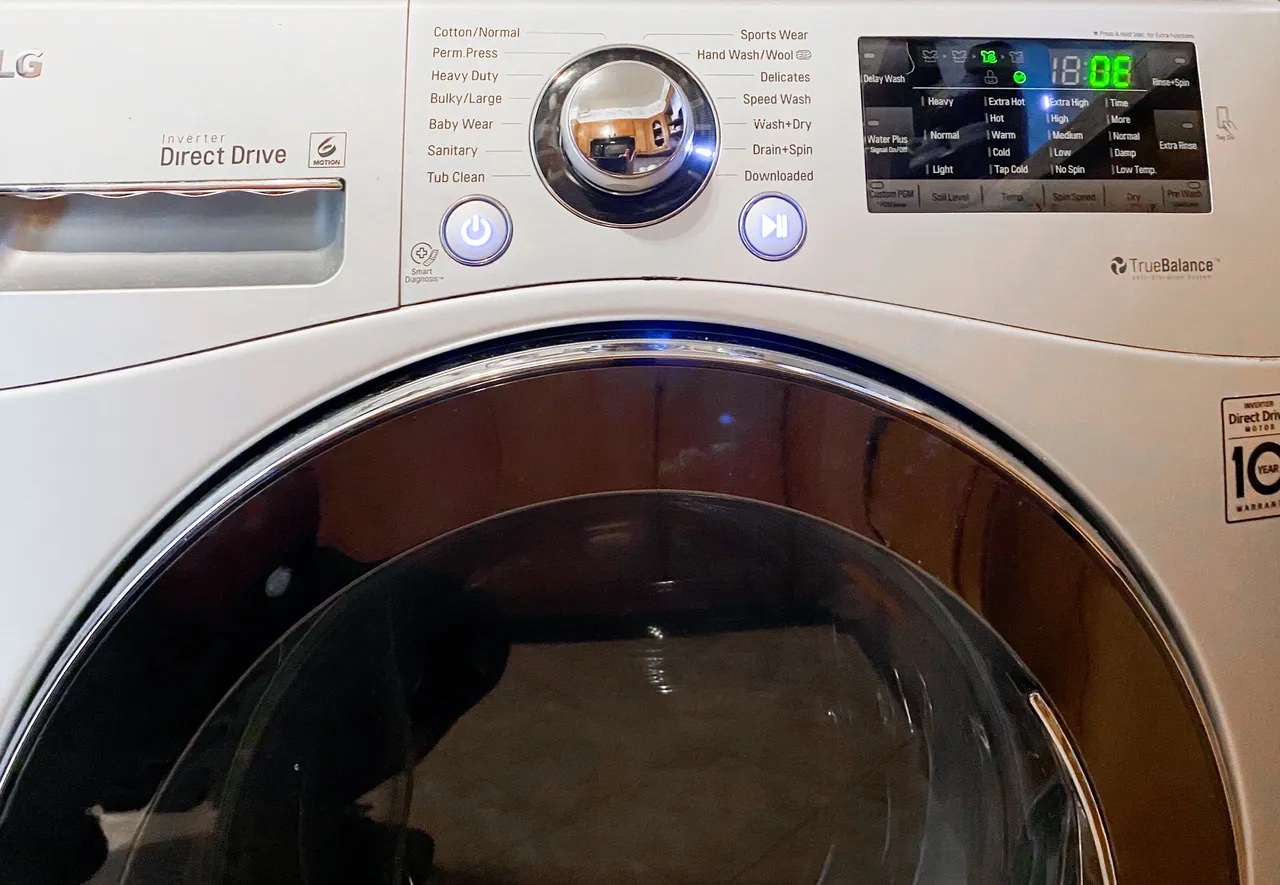
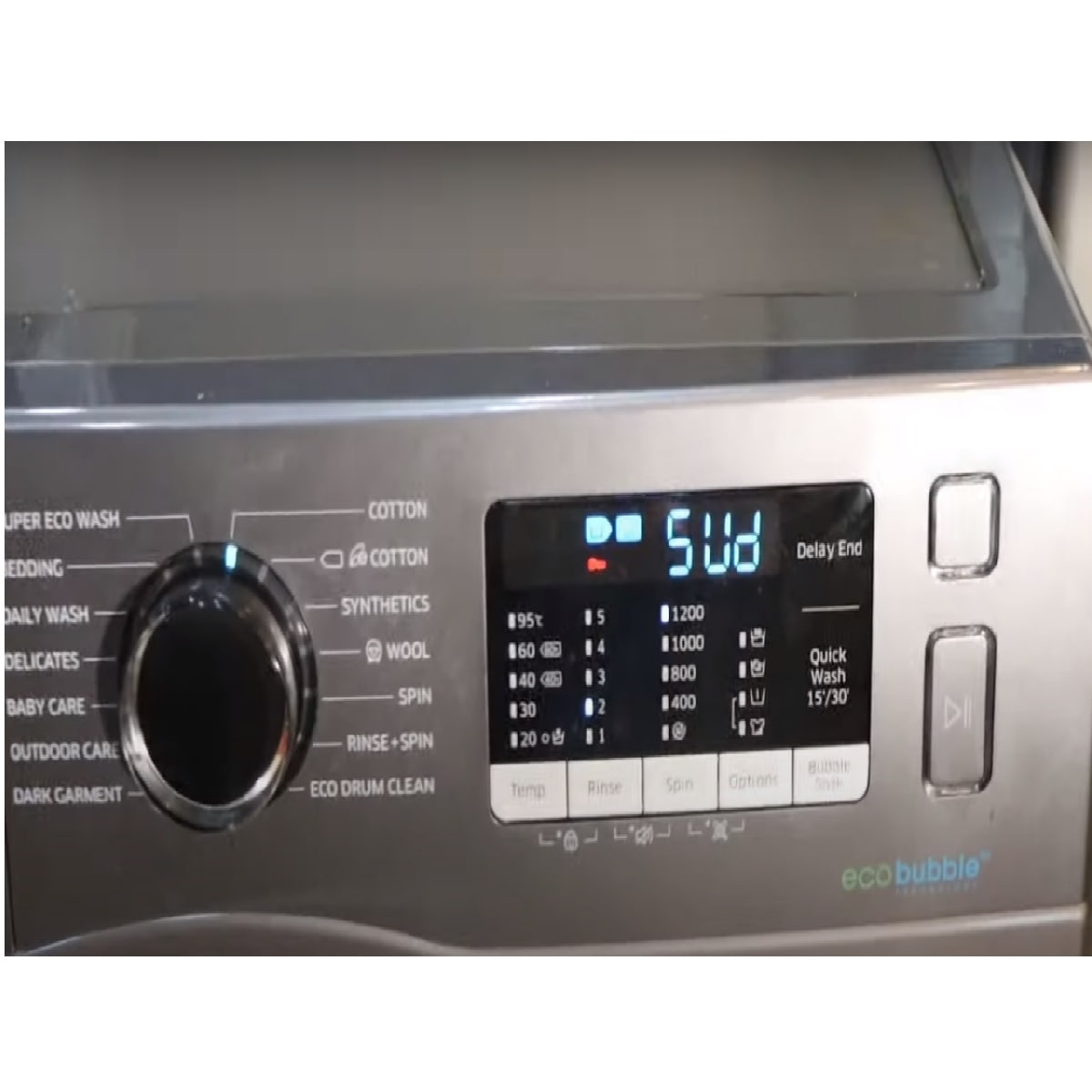
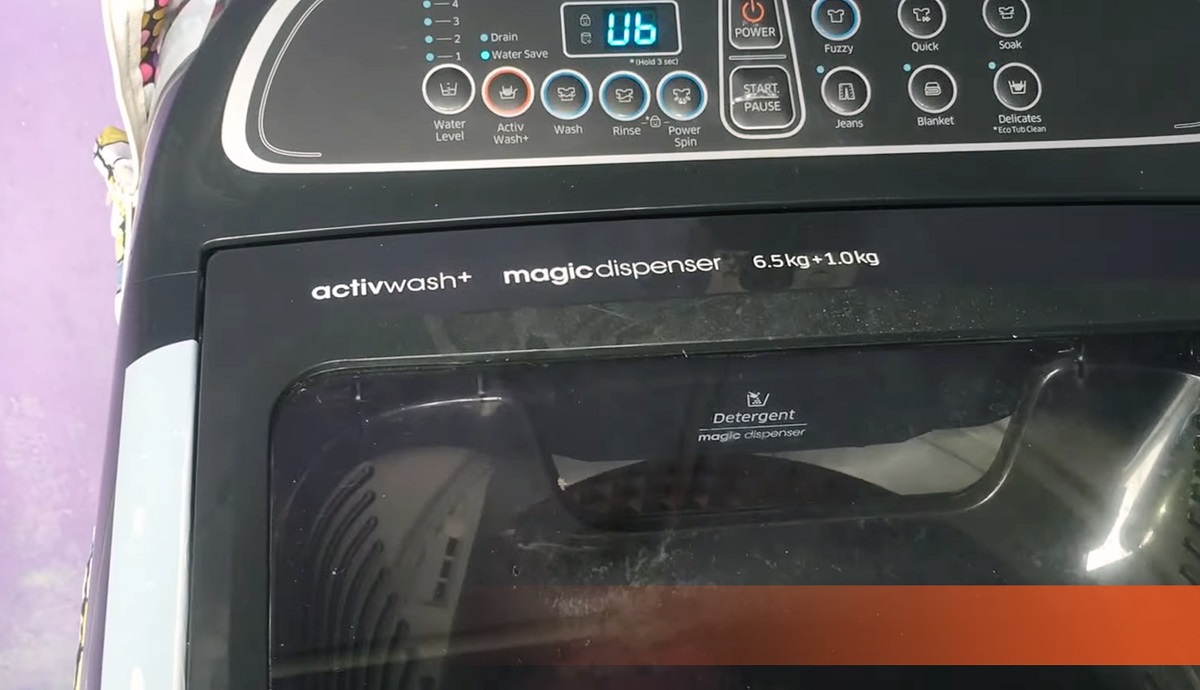
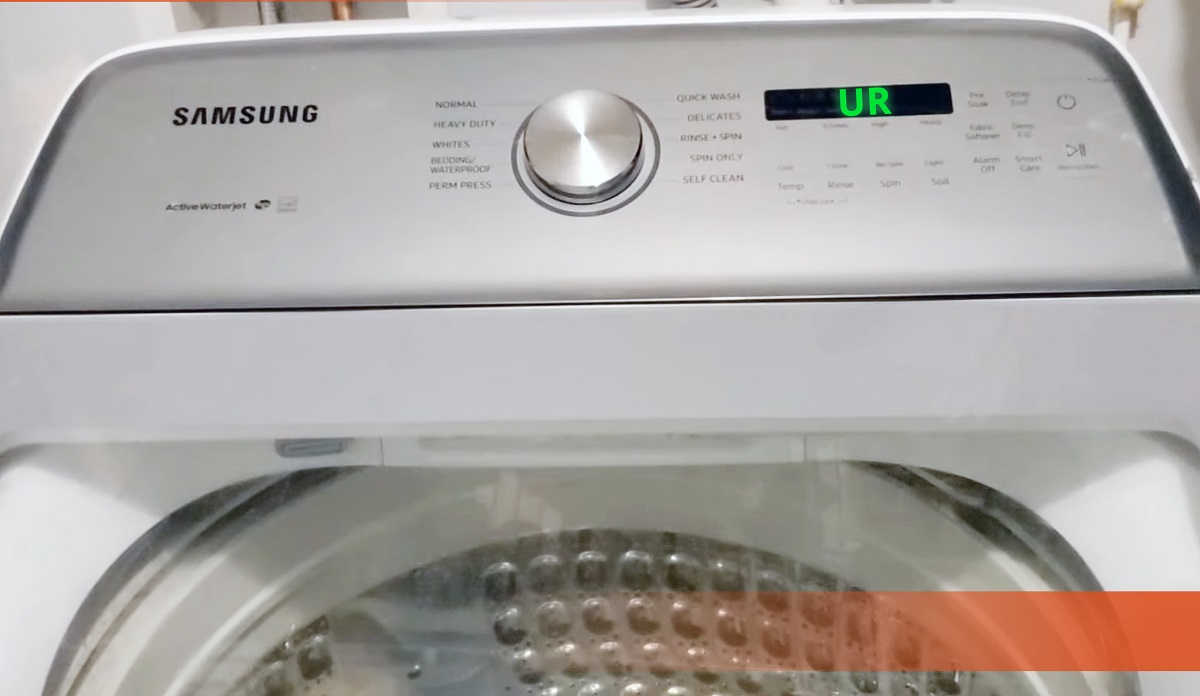
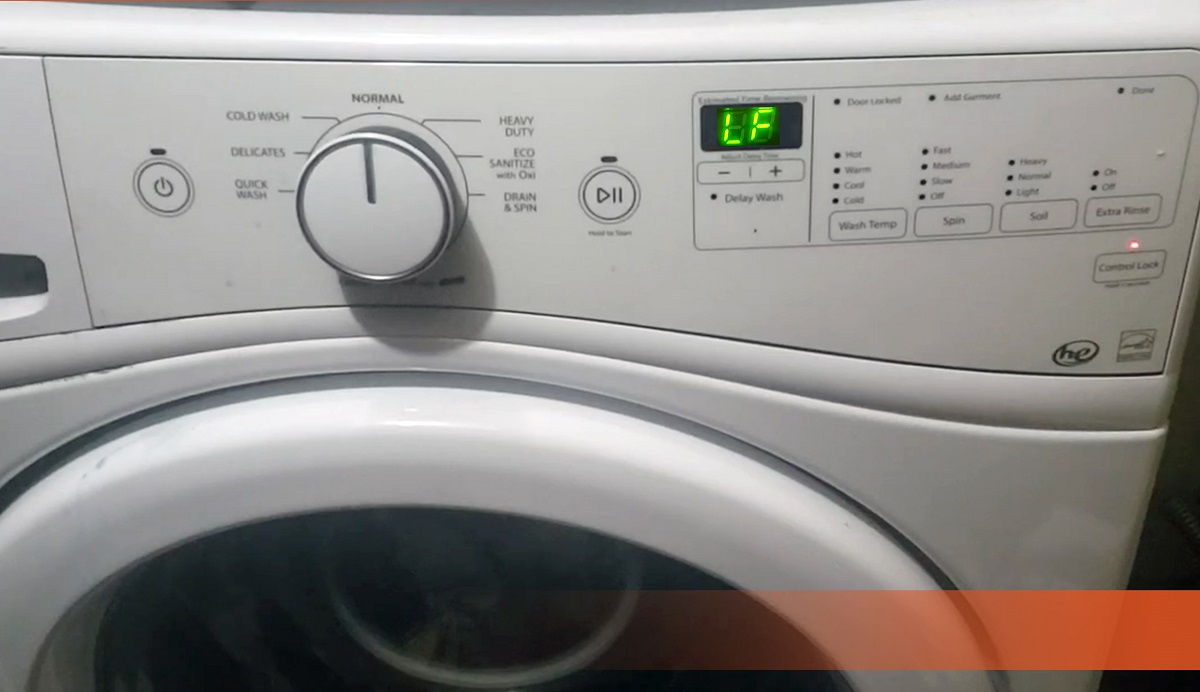
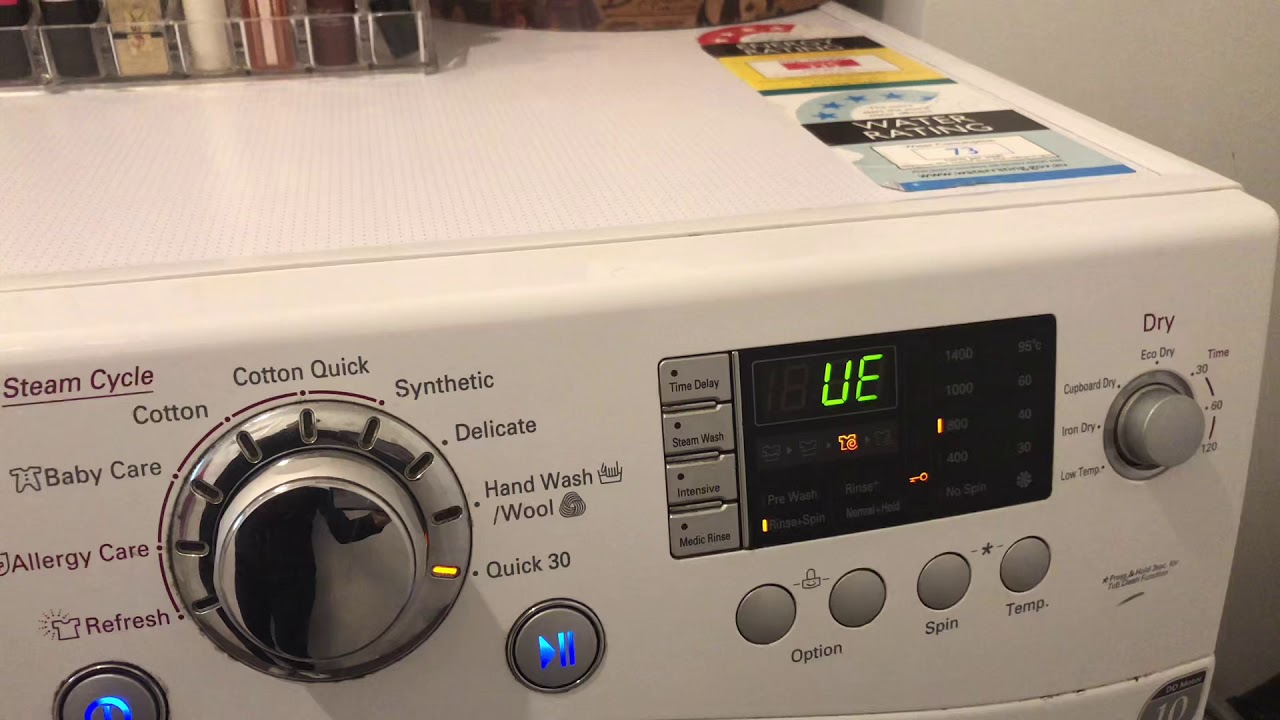
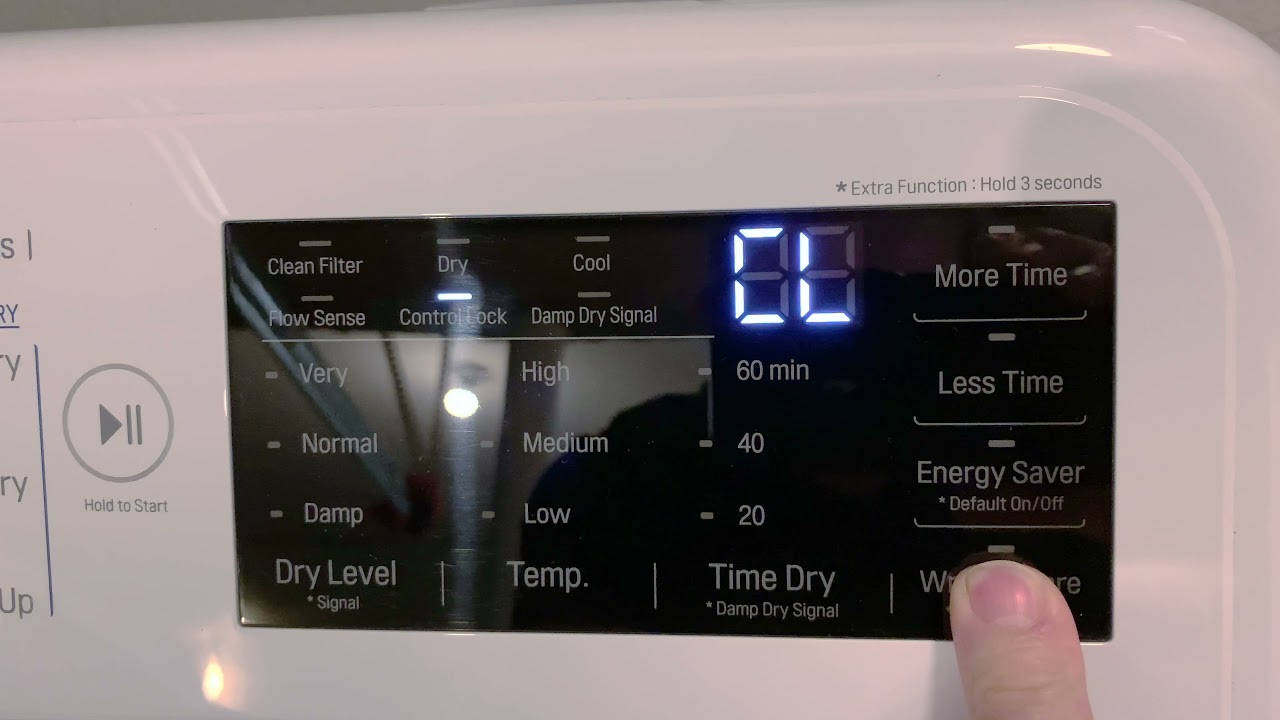

0 thoughts on “What Does Soil Level Mean On A Washer”